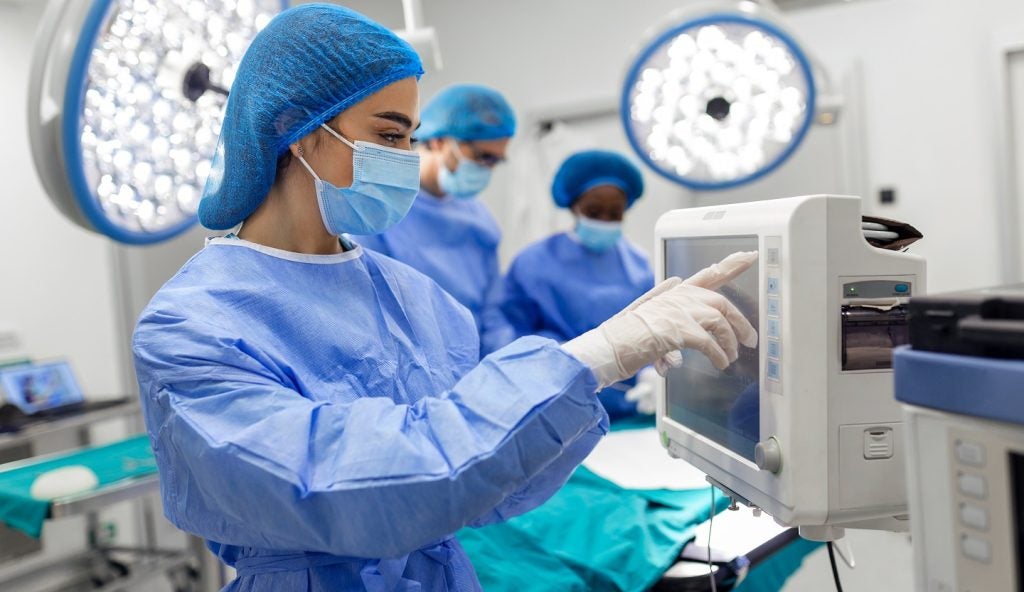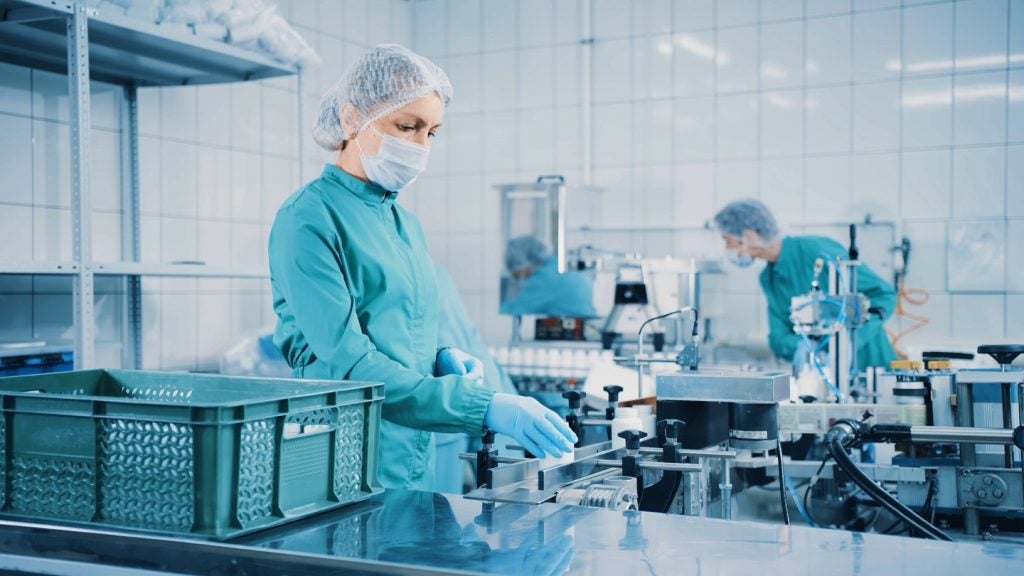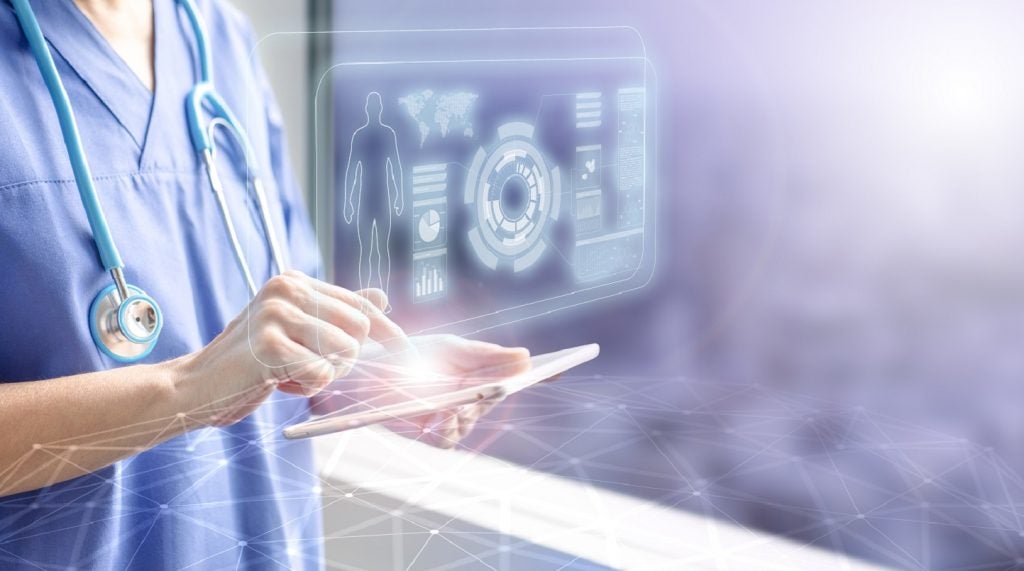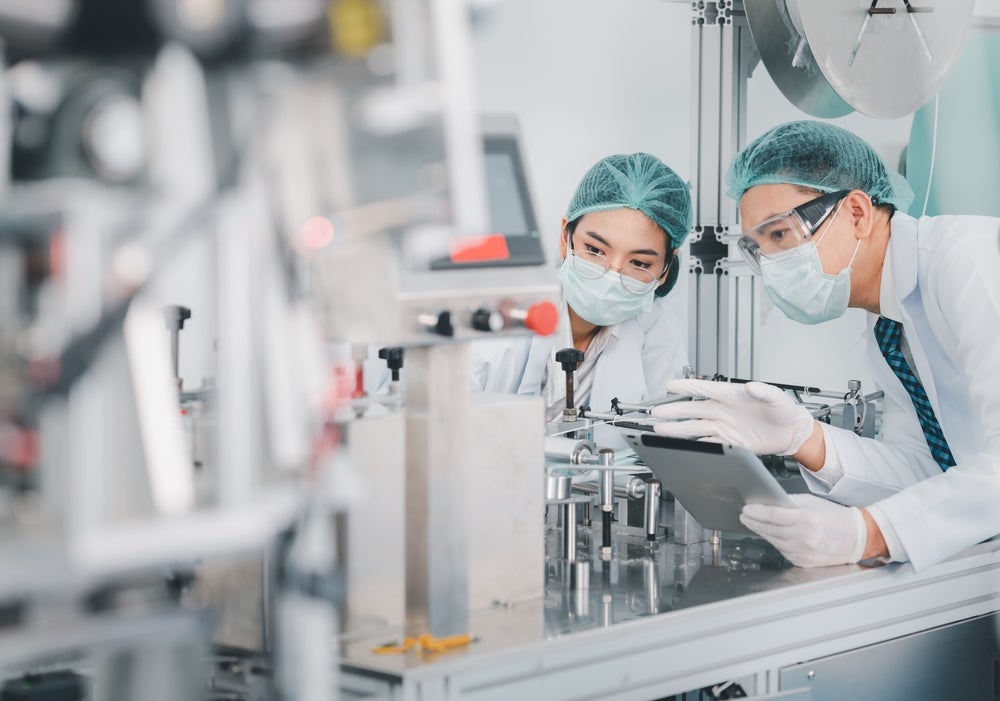Edwards Lifesciences had 11 patents in artificial intelligence during Q1 2024.The abstracts describe various innovative methods and systems developed by Edwards Lifesciences Corp for monitoring and controlling physiological parameters in patients. These include identifying physiological states through hemodynamic data analysis, contactless control of physiological monitors using audio or gesture commands, detecting nociception using a hemodynamic monitor with non-invasive blood pressure sensors, and implanting quick-connect heart valve prostheses during surgical procedures. These advancements aim to improve patient monitoring, reduce contamination risks, and simplify medical procedures. GlobalData’s report on Edwards Lifesciences gives a 360-degree view of the company including its patenting strategy. Buy the report here.
Edwards Lifesciences grant share with artificial intelligence as a theme is 9% in Q1 2024. Grant share is based on the ratio of number of grants to total number of patents.
Recent Patents
Application: Learning and predicting temporal profiles of physiological states associated with the administration of commonly used critical care drugs (Patent ID: US20240055130A1)
The patent filed by Edwards Lifesciences Corp. describes a method and system for identifying physiological states of a patient using hemodynamic data. The system includes a non-invasive blood pressure sensor and an integrated hardware unit with a system processor, memory, and display. The method involves adjusting pressure within an inflatable blood pressure bladder to maintain a constant volume of an artery, generating hemodynamic data, performing waveform analysis, comparing patient data to stored data segments, identifying similar data segments, and displaying a predicted discrete state indicator. The system can analyze various hemodynamic parameters and predict the probability of a clinical intervention based on similarity criteria and distance metrics.
The system also includes a patient classifier for age, gender, disease, or comorbidity matching. Additionally, the patent outlines a method for training a predictive model using hemodynamic data from critical care patients to determine the probability of a clinical intervention. The method involves dividing patient data into training and validation subsets, extracting data segments, comparing similarities, and calculating probabilities of intervention administration. The system can determine probabilities for transitioning between different types of clinical interventions or from no intervention to an intervention. Overall, the patent focuses on utilizing hemodynamic data analysis to predict physiological states and the likelihood of clinical interventions, providing valuable insights for patient monitoring and care.
To know more about GlobalData’s detailed insights on Edwards Lifesciences, buy the report here.
Data Insights
From

The gold standard of business intelligence.
Blending expert knowledge with cutting-edge technology, GlobalData’s unrivalled proprietary data will enable you to decode what’s happening in your market. You can make better informed decisions and gain a future-proof advantage over your competitors.







